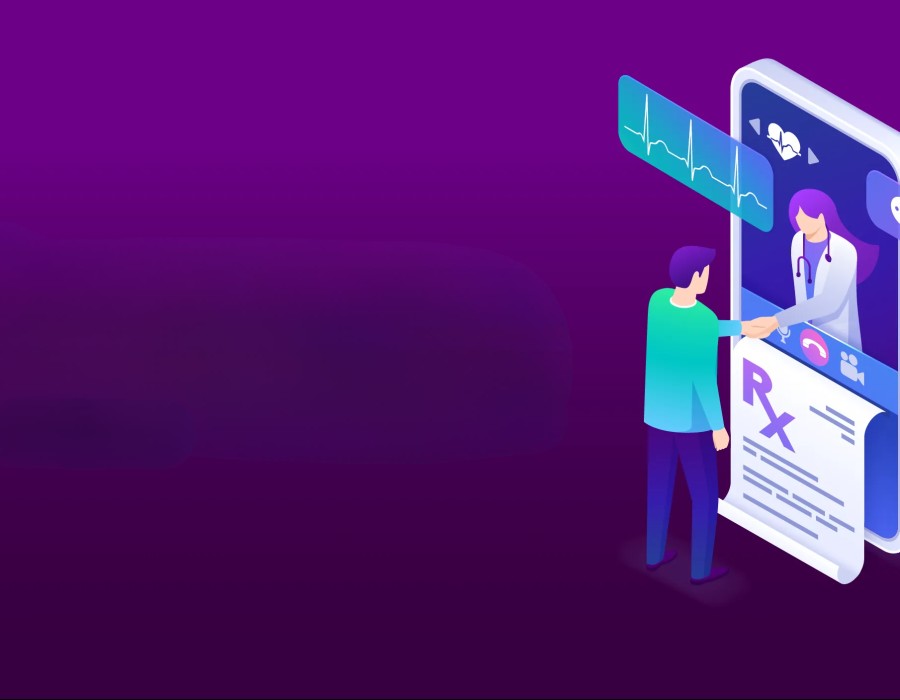In recent years, patient engagement technology has evolved dramatically, turning traditional patient education and entertainment systems into advanced tools for engagement. These modern systems now incorporate various media types, including digital whiteboards and interactive TVs, all designed to elevate the patient experience. Despite the significant enhancements in patient care, challenges remain, such as the integration issues with electronic health records (EHRs), which can lead to increased costs and complexities. This article explores the benefits of patient engagement technologies.
Understanding Patient Engagement Technology
Patient engagement technology encompasses a range of digital tools and applications aimed at enhancing communication between patients and healthcare providers. By encouraging active patient involvement in their healthcare journey, these technologies strive to improve patient satisfaction and health outcomes.
How Technology Enhances Patient Engagement
Advancements in technology have transformed patient engagement, offering new ways for patients to interact with their healthcare providers and manage their health:
- Personalized Communication: Modern digital health tools facilitate more personalized interactions between patients and healthcare providers. Patient portals and mobile apps provide tailored health information, customized medication reminders, and enable two-way communication, strengthening the patient-provider relationship and fostering a more informed and engaged patient base.
- Real-Time Health Monitoring: The use of remote monitoring tools and IoT devices has revolutionized patient engagement by enabling real-time tracking of vital health metrics like heart rate and blood glucose levels. These technologies empower patients to monitor their health more closely and make informed decisions about their treatment plans, enhancing adherence to medical advice.
- Improved Access to Health Information: Digital health platforms have significantly improved access to comprehensive health information, allowing patients to easily review their medical records, test results, and educational materials. This transparency supports a more proactive approach to health management.
- Interactive Health Management Tools: Tools like symptom checkers, virtual health assistants, and chatbots provide immediate guidance and support, helping patients navigate their healthcare journey more effectively. These interactive tools boost patient empowerment and engagement in healthcare decisions.
- Telemedicine and Virtual Consultations: Telemedicine has expanded healthcare access by enabling patients to consult with providers remotely, eliminating travel and time barriers. Virtual consultations provide a flexible, accessible option for receiving medical care, enhancing patient engagement.
- Enhanced Patient Education: Technology has enriched patient education through interactive and multimedia resources, such as online platforms, videos, and webinars, which help patients better understand their conditions and treatments, leading to more active participation in health management.
- Patient Feedback and Involvement: Digital tools enable patients to provide feedback on their care experiences, fostering a sense of involvement and collaboration. This feedback loop helps healthcare providers make improvements based on patient input, making patients feel more valued and engaged.
- Wearable Devices: Wearable technology plays a crucial role in health monitoring, diagnosis, and treatment support. For instance, devices like smartwatches and specialized wearables for conditions such as tremors provide real-time data and therapeutic support, significantly enhancing patient engagement and care quality.
Implementing Better Patient Engagement Strategies
To fully leverage the benefits of patient engagement technology, healthcare providers should consider the following steps:
- Set SMART Goals: Define specific, measurable, achievable, relevant, and time-bound goals for patient engagement to track progress effectively.
- Collect Patient Feedback: Use surveys and feedback tools to gather insights from patients, helping to identify areas for improvement.
- Provide Regular Training: Continuously train staff on the latest patient engagement best practices and technologies to ensure effective use.
- Consult with Peers: Learn from colleagues who have successfully integrated technology into their practices to understand what works best.
- Evaluate Patient Engagement Software: Carefully compare different software options to find the best fit for your practice's needs.
The Future of Patient Engagement Technology
Looking ahead, patient engagement technology will increasingly incorporate AI and machine learning to offer personalized health insights and proactive care recommendations. Wearable devices and mobile apps will become more sophisticated, enabling real-time monitoring and alerts, while virtual and augmented reality will enhance patient education and therapy, making complex medical information more accessible and engaging.





Comments